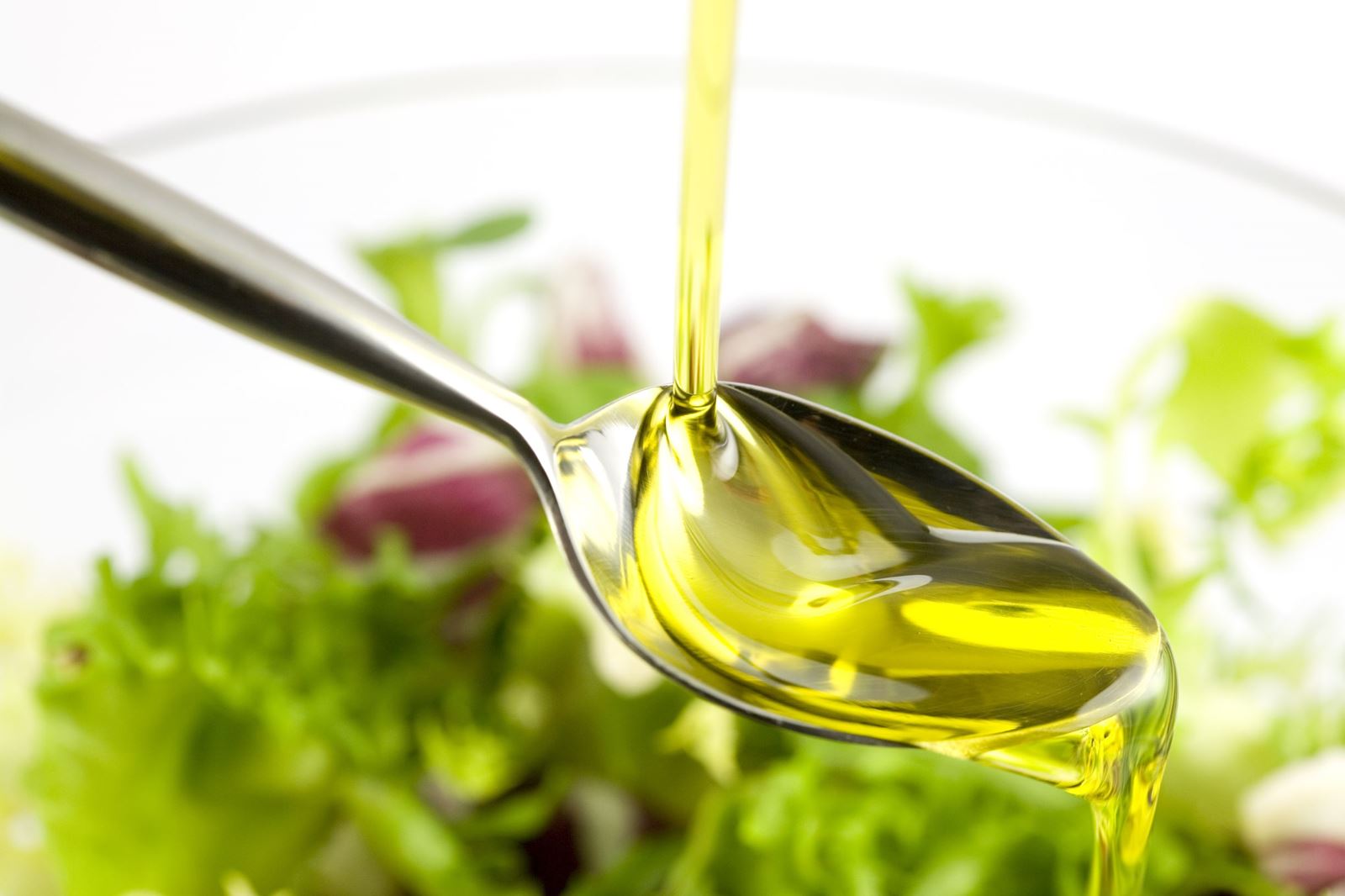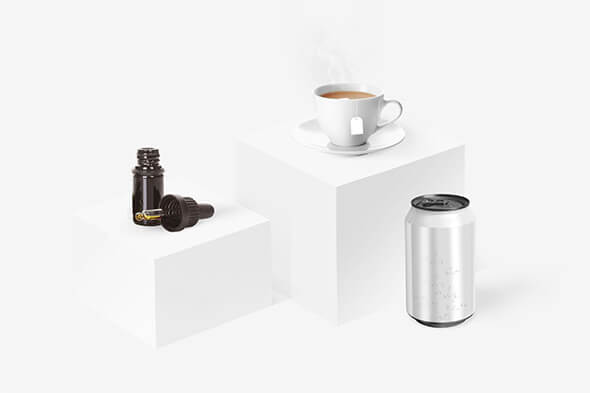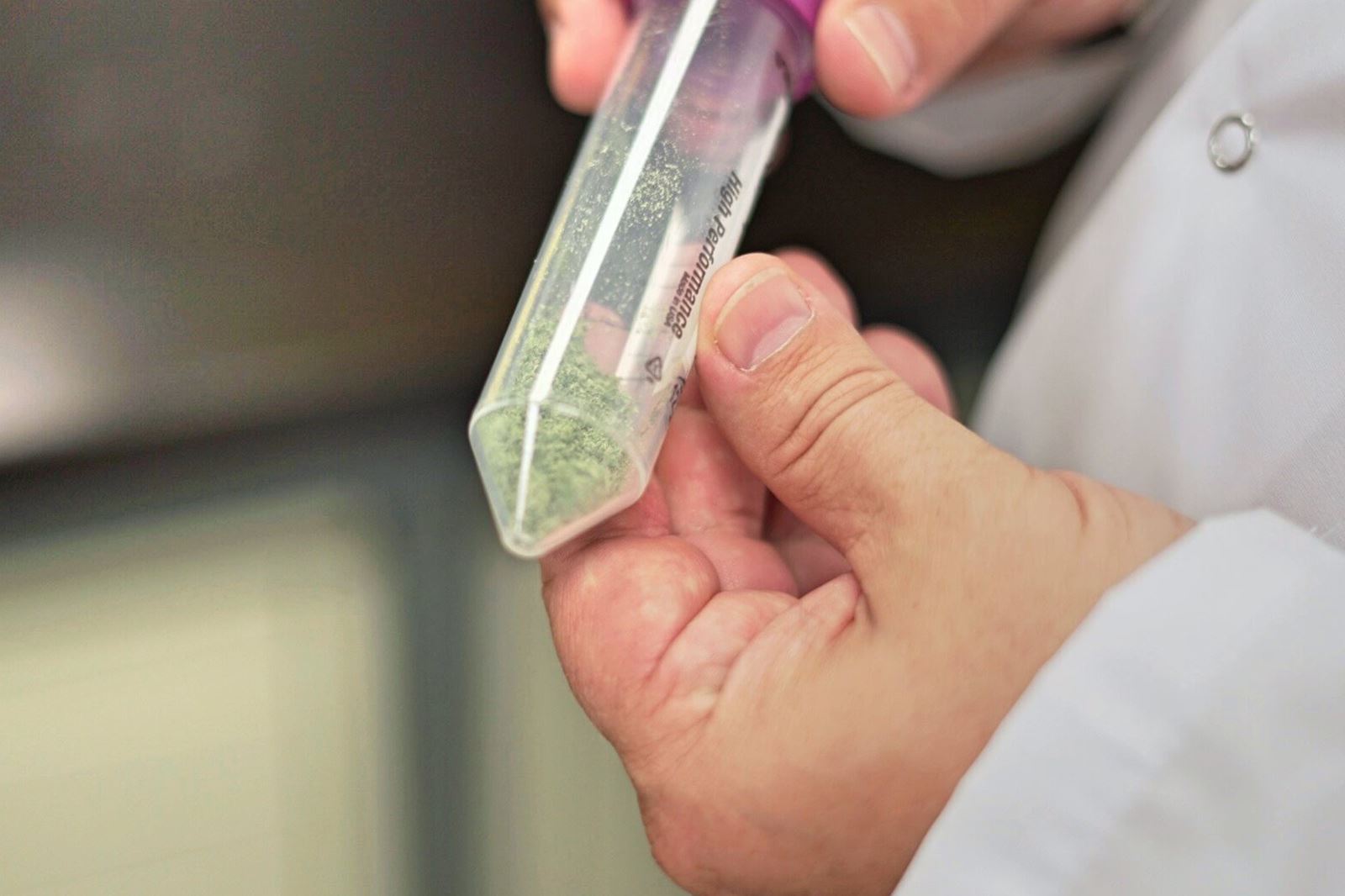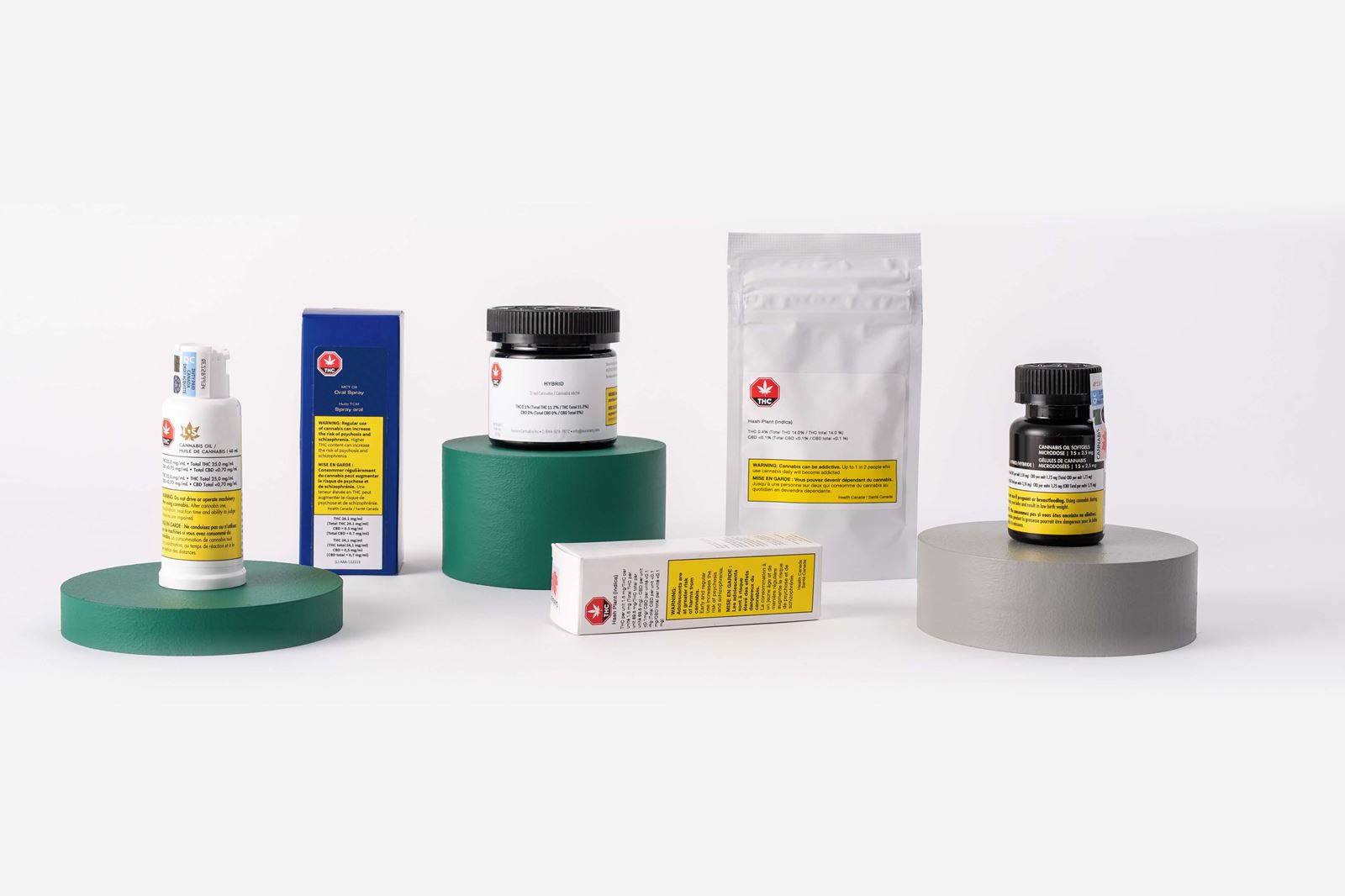Everything you need to know about cannabis cooking oil
Many Québécois are rediscovering the thrills of cooking. Some are making bread while others are embarking on projects such as cannabis recipes... So, here are our top tips for cooking safely with cannabis oil.

Cannabis oil and cannabis cooking oil: same or different?
All cannabis oils are made by extracting cannabinoids from the leaves or flower of the cannabis plant. They come in sublingual form (oral spray, dropper), capsules or cooking oil.
Although all cannabis oils are similar, they differ in one respect: cooking oil is the ONLY oil you can use safely for cooking. In fact, all other oils found at the SQDC can produce toxic by-products when heated and this could be dangerous to your health.
Cannabis cooking oil can be heated to a maximum temperature of 350 degrees Fahrenheit (180 Celsius). It is not recommended for deep-frying due to the risk of burning the oil. So, forget about deep-frying chicken or doughnuts in cannabis oil! You can also use it in cold foods, such as salad dressing.
3 safety tips to bear in mind
- Use the right amount
- Use it evenly
- Don't be greedy
- Serve one serving to each person, then immediately store the leftovers in a clearly identified container, out of the reach of children and pets.
- Put several other foods that do not contain cannabis on the table to avoid craving from even more cannabis edibles.
- If you choose to pour the oil directly onto your plate, store the bottle of oil immediately afterwards in a cupboard, out of the reach of children and teenagers.
For those who want to prepare a dish with cannabis cooking oil, we suggest you start with a small dose. The effects can kick in about 60 minutes after ingesting edible cannabis products and may last longer than when inhaling cannabis, so we recommend that you use a maximum of 2.5 mg of THC or CBD. To know the right number of millilitres of cannabis oil to add to a recipe, you will need to get your calculator out! For example, if the cooking oil you have contains between 4 and 5.5 milligrams of THC per millilitre of oil, you should put 0.5 ml of oil in your dish. If you are cooking for two, that would be a maximum of 1 ml.
It is important to use the oil evenly in your recipe to avoid a potential overdose. How do you do this? For a liquid mixture, such as muffin or cake batter, be sure to stir the oil with the mixture for several minutes. Alternatively, you may also put the oil directly on or with each dish/serving.
We’ve all done it before - creating a dish or dessert that's delicious and spoiling yourself with a second portion! Be careful because there is a real risk of overdose, as the effects are slow to appear. Here are three tips to prevent this from happening:
For all beginners who wish to concoct a dish or dessert containing cannabis oil, follow our advice carefully, especially regarding quantities. It's better to have a batch of brownies that won't have much effect than to experience an overly intense level of euphoria that could take you out of your comfort zone.
On that note, we hope you have as much fun in the kitchen as you have during the meal, while consuming responsibly.










